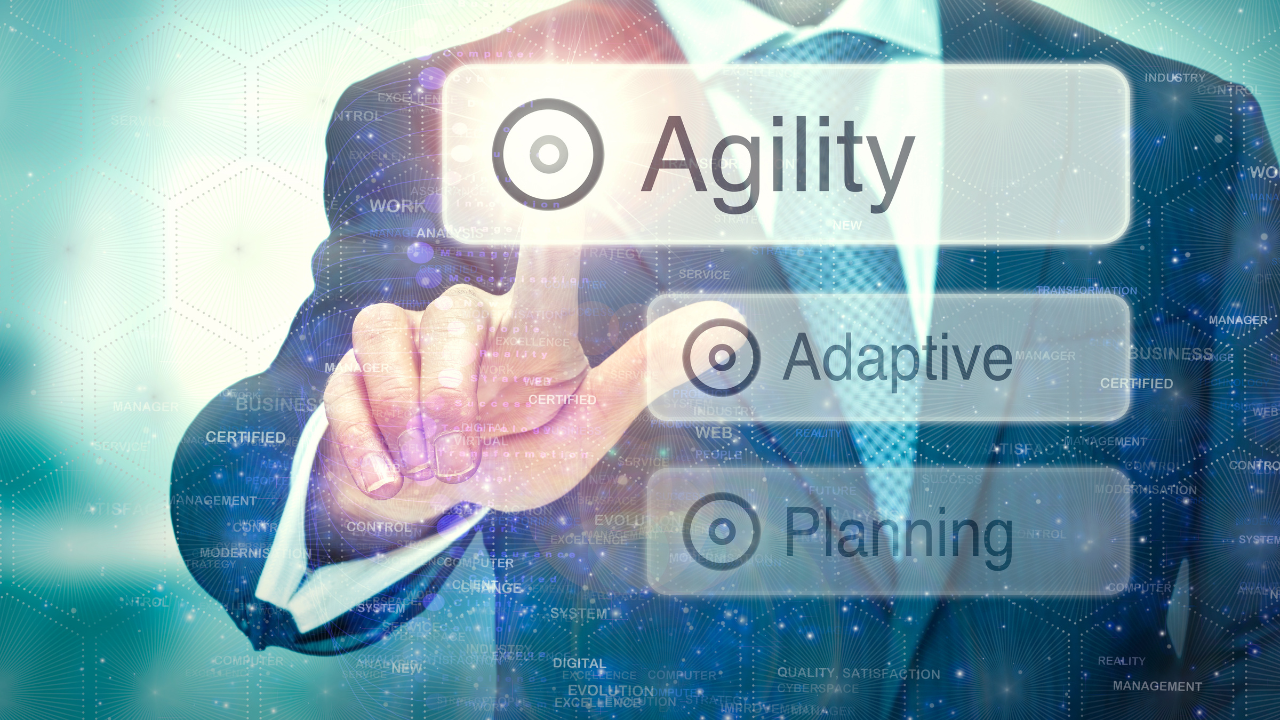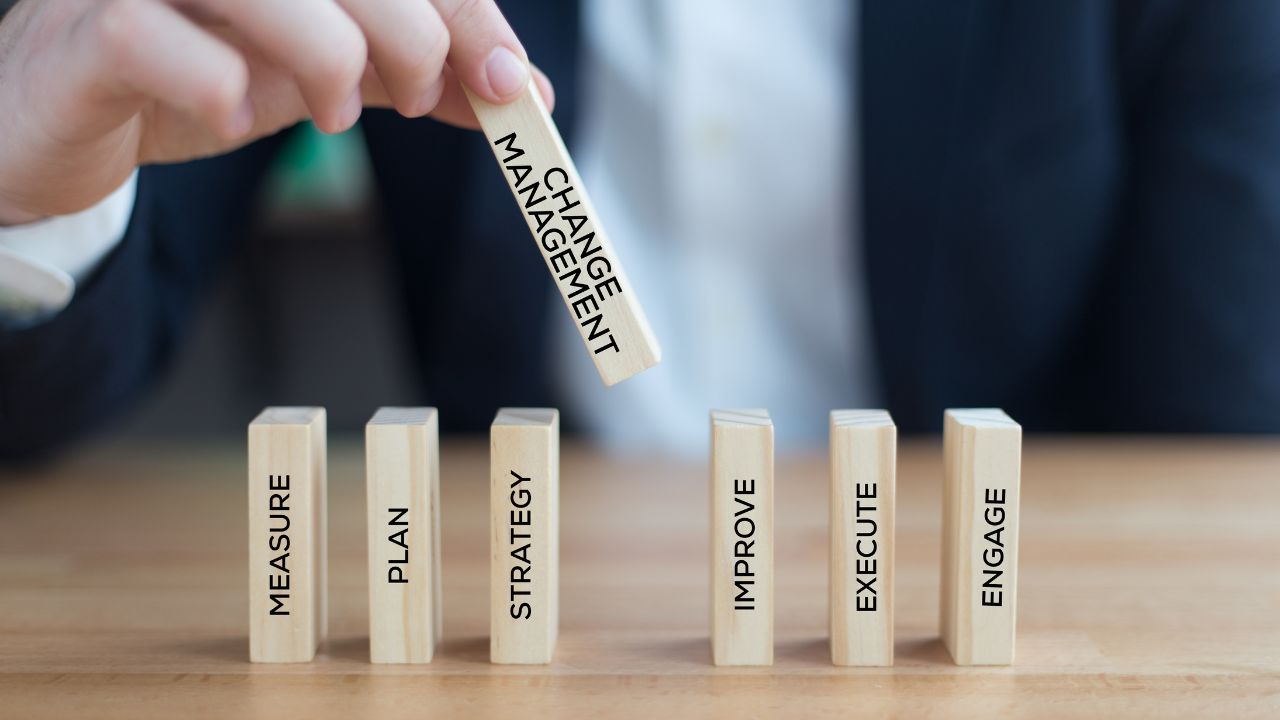Intelligent Change Management
Intelligence is the highest value we can get from data.
In order to bring intelligence into Change Management, we need to know about current and desired (future) states.
We must leverage measurement techniques, data science, and artificial intelligence to speed up make decision making and adoption.
And most of all, we must target the right people with the right tactics.
Because of this, in change management, we should rely less on intuition and more on a data-driven approach.
We can analyze data to modify and adjust change tactics and plans.
Therefore, we can implement by collecting the change data and having the change analytics at the heart of change management.
Data Science (DS) is simply about working on a question that can be answered with data and analysis, and then communicating the answer.
These data analytics can be incorporated into organizational change management, however organizational capabilities (such as data management, data expertise, and supporting culture) should exist to enable data-driven change management.
Once we achieve this, data capabilities help us measure employee differences and team dynamics.
It would help, therefore, in providing employees with real-time feedback, monitor the progress, reduce errors, reduce resistance, and become more proactive in change management.
Besides that, artificial intelligence (AI) is entering change management.
AI is about using computers that learn from data and outside, to accomplish specific goals or to make predictions about something.
Along with its sub-field, Machine Learning (ML), AI creates recommendation engines (for example, similar to what you see on Netflix or Amazon), Natural Language Processing, and other capabilities.
In addition, it helps us understand how people feel about something.
Therefore, AI is making computers intelligent.
The Intelligence Framework

Therefore, I have built a framework that can integrate into our Change Management Center of Excellence.
To build this framework and to have Intelligent Change Management, I have grouped the applications into different categories within the change management field.
Strategy and Planning
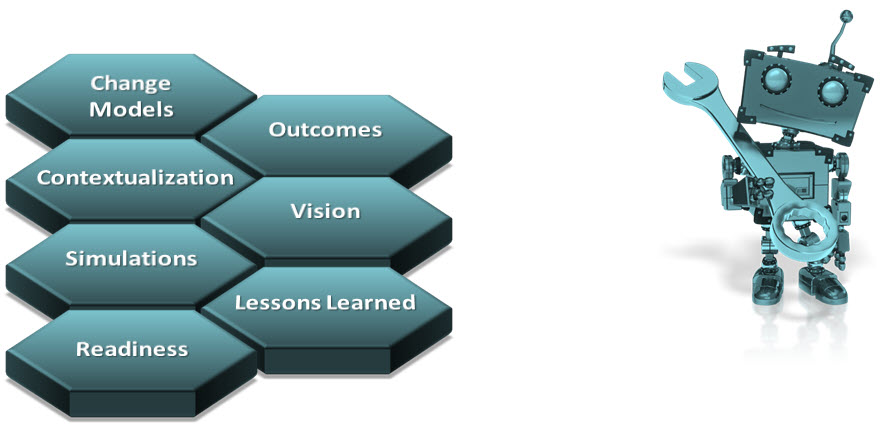
- Develop change history or reference data to create predictive change models
- Create context by having a centralized data-set, and develop a comprehensive representation of the current state
- Predict change project outcomes based on internal and external intelligence
- Develop simulations to see the relationship between changing one factor or tactic, and the result that we may get
- Provide recommendations for improvement of the vision-statement by real-time capture and analysis stakeholders’ data
- Analyze geographic readiness levels in the enterprise to choose the right sequence in the roadmap and the right preparation plan
- Develop and update a database of lessons learned from various sources of data. Because of this, you can effectively drive future change projects
Change Risk Management
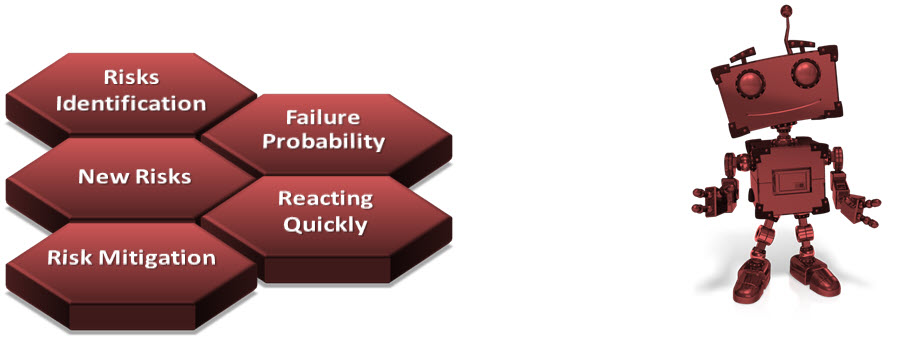
- Initial risks identification can become smart, based on historical data, by finding factors that have caused change failure before. As an example, we may believe that change leaders with a lower number of completed changes (in the past) may experience a failure percentage higher than those with more completed changes in their resume.
- Automatic and ongoing identification of new risk factor that emerge.
- Failure probability prediction, based on past failure percentages of similar changes, which helps smart decision-making. It shows us how by leveraging resources we can avoid failure of high-risk changes. It can be daily or weekly, like a weather report that let you know that there is a 40% chance of rain (for example) this week. Using the results, the change leader can bucket probability predictions to various risk levels (for example: Low, Medium, and High) and develop specific one-pager guides for change agents on how to manage change in each risk level.
- Risk Mitigation can be done by assessment of individuals’ readiness as well as early and regular adoption measurement
- Higher success rates can be achieved (using linguistic analysis) to be able to react quickly
Change Team / HR
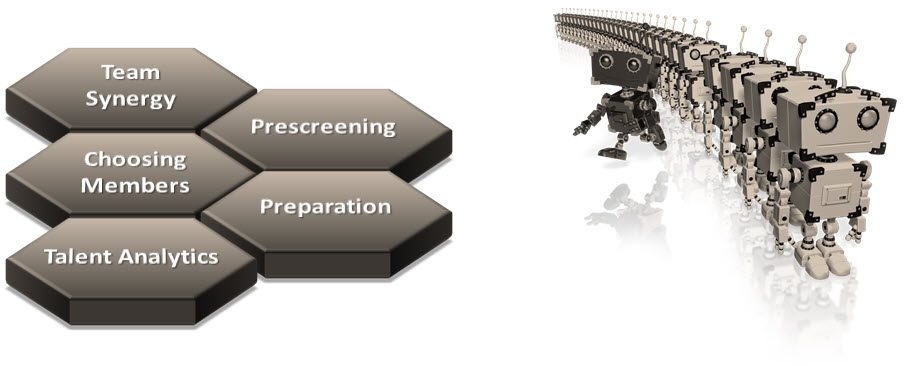
- Predict the team synergy, by having intelligence on the interactions or cooperation within the teams, to result in a higher combined result.
- Analyze historical HR data to choose the right members for the change team
- Develop chat-bots (basically a software program) for prescreening and recruitment of the change resources. AI can process and analyse unstructured data and provide near-human experiences through bots.
- Develop algorithms for change talent analytics
- As a result, this can help change agents just before their visits to various departments or locations of your organization. It can automatically help their preparation by providing personalized, targeted and real-time support. Imagine that a learning-bot pings their phone before their visit, offering a micro-learning video or content about engagement with a link to the coaching notes of the employees of that location or department.
Communication

- Personalization of communications with AI, by identifying recipient’s differences, setting priority and sequence communications
- Actualization of central strategic change messages can be done by making them more relevant, and linking them to the local changes
- Intelligent message targeting, based on employee’s feedback, which helps increasing agility
- Automatic and regular follow-up on the employee progress
- Intelligent bots can gather survey or interview data from employees
- Have an error-free communication – because of this, you will have more impact
Engagement

- Intelligent bots can ask stakeholders questions for the stakeholder analysis. Because of this, bots can analyze findings, develop a stakeholder-analysis-report, and provide recommendations.
- Interactive 2-way and real-time feedback system can help employee’s progress in the transition phase of the change
- Intelligent bots can interview stakeholders and users, using natural language capability
- Real-time stakeholder opinion tools (which can replace traditional surveys) help ongoing dialogue with stakeholders, measuring the results of our tactics, finding gaps, optimizing the change tactics, and providing accurate and practical business recommendations, as it learns from multiple stakeholder input-channels
- Social Media analytics may provide insight on the stakeholder sentiment and readiness (mainly for suppliers, partners, customers, and investors)
- Predict employees’ next potential actions
- Analyze email and calendar data to understand how employees work. To address privacy concerns, we can get what we need from using anonymous metadata.
In part 2 we will look at the ways in which data science and AI can support change management in the areas of:
- training,
- coaching and mentoring,
- dashboard, reporting, and monitoring, and
- adaptation and benefit realization.















